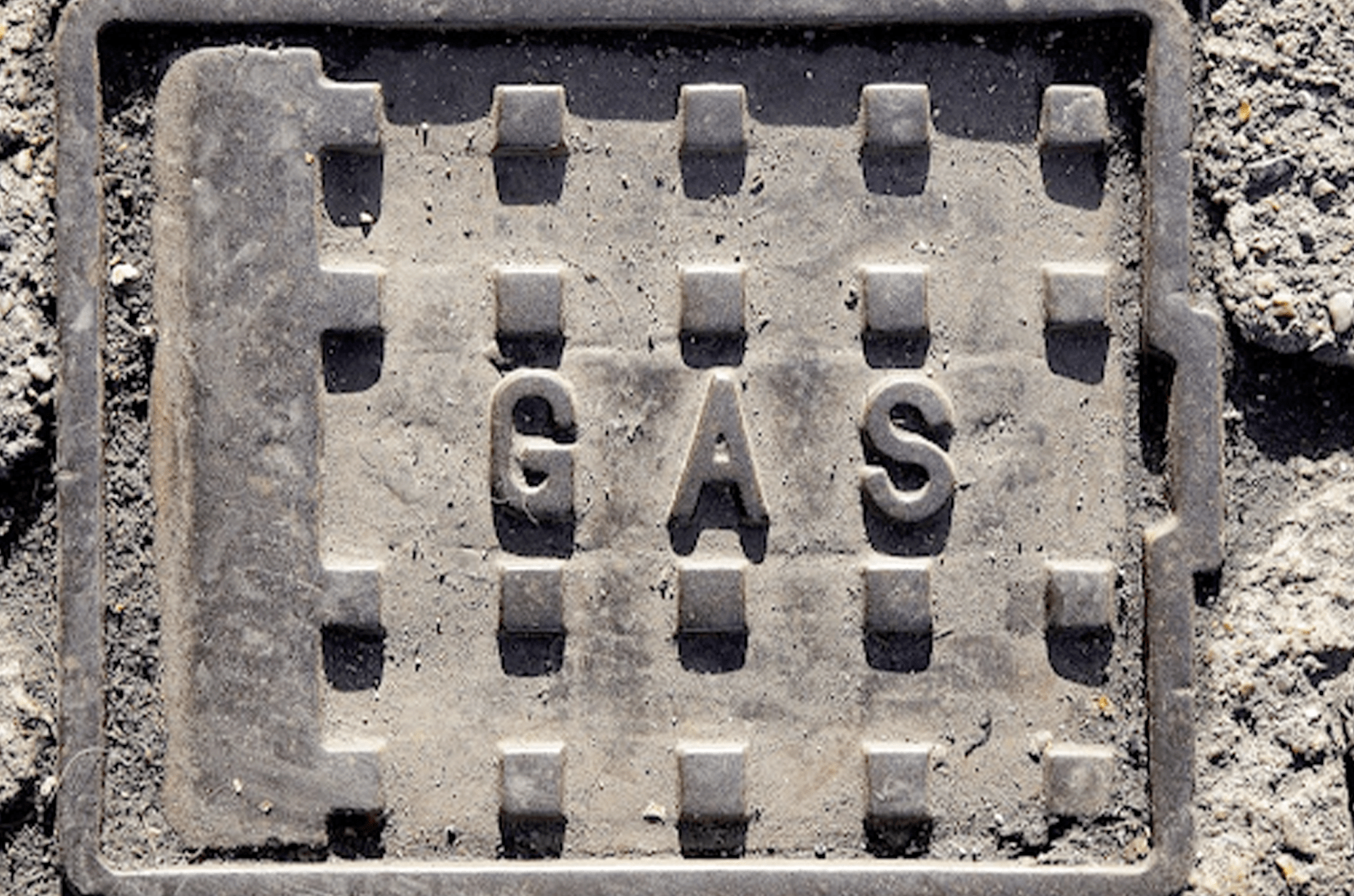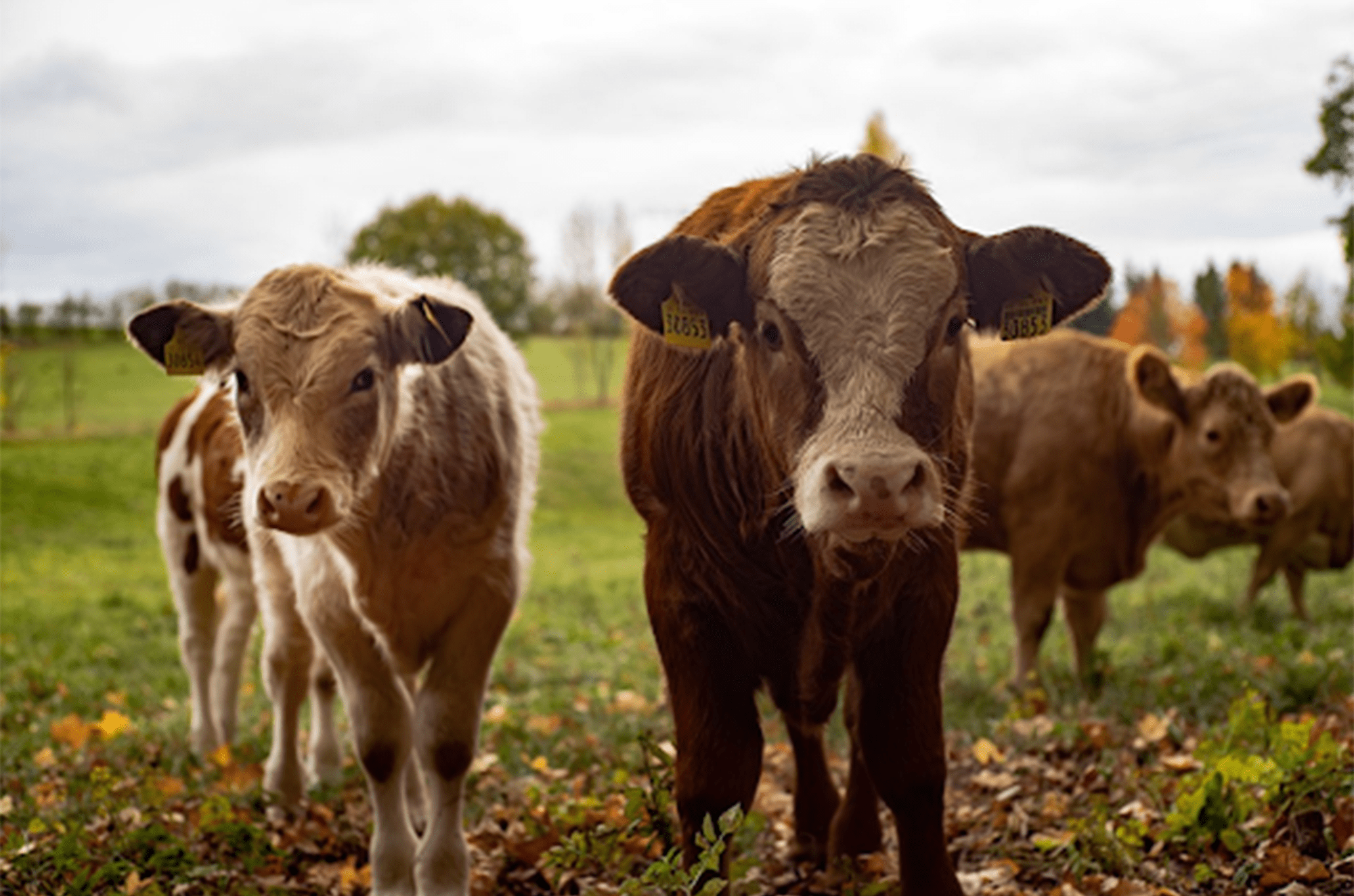NYSDEC Finalizes Regulations to Reduce Methane Emissions from the Oil and Natural Gas Sector
By Maria DeKoning
NYS has finalized the regulations that will reduce methane emissions from all oil and natural gas infrastructure throughout the state. These regulations will significantly improve the state’s chances of meeting its ambitious goal of reducing 14,000 tons of methane, and 2,000 tons of VOCs emissions per year.
The regulations are set to take hold at different dates throughout the year. They will reduce leakage of methane from oil and natural gas facilities and keep NYS as a leader in climate change action. More information on the finalized regulations can be found on this NYSDEC webpage.
Why Is Methane Dangerous?
Even though carbon dioxide is still the most potent and prominent greenhouse gas leading to climate change, methane emissions pose a huge threat to our planet. Methane is a greenhouse gas that has 25 times the global warming potential of carbon dioxide and an atmospheric lifeline of 12 years. The only reason why methane is not above carbon dioxide is because CO2 makes up 80% of the US greenhouse gas emissions, while methane makes up 20% Methane has more than doubled in our atmosphere in the past decade, mostly due to human activities. Not only is it harmful to the environment but methane leaks are extremely flammable once mixed with other chemicals and released within confined spaces of working.
Where Do Methane Emissions Come From?

Methane is released from a mixture of anthropogenic and natural sources. It is estimated by the EPA that between 50 and 65% of methane emissions around the world source from human activities.
Anthropogenic Sources:
- Landfills (decomposition of organic waste)
- Oil and natural gas systems
- Agricultural activities
- Coal mining
- Stationary and mobile combustion
- Wastewater treatment
- Certain industrial processes
Natural Sources:
- Wetlands
- Has hydrates
- Termites
- Oceans
- Freshwater bodies
- Wildfires
How Can We Reduce Methane Emissions?
National and state regulations of methane emissions are essential to combat climate change. Over the past few months, NYS has finalized two regulations to limit the amount of methane in the atmosphere. These restrict emissions from oil and natural gas wells and require all businesses and institutions that generate more than two tons of wasted food per week to donate excess edible food and/or recycle food scraps.
The food waste recycling law has emphasized constructing facilities for recycling organic waste. Methods that have the capability of doing this are anaerobic digestion and composting. It is important for the construction of these facilities to take place in areas that have an abundance of organic waste. Whether they be highly populated cities, with a lot of restaurants and supermarkets or rural areas that produce agricultural wastes, there are endless possibilities for organic waste recycling around the country.
The full list of businesses and institutions required to recycle in NYS is provided on the NYSDEC website. To see the areas around the US that discard the most organic food waste, check out the excess food map created by the EPA.
Galli Engineering

For 40 years, Galli Engineering has tackled the problems of today and looked to overcome them with new and innovative technology. We will not stop protecting our environment, satisfying the needs of our clients, and creating new and better solutions. To learn more about what Galli Engineering is working on (including anaerobic digestion projects), visit our website and new blog page or give us a call at 631-271-9292.




